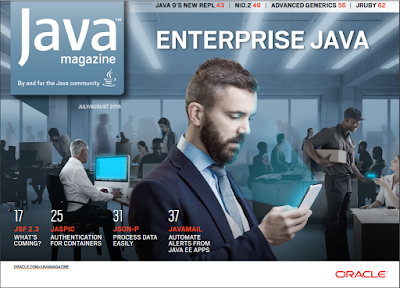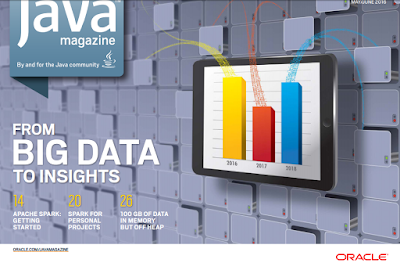Some of the contents of this issue include the following:
- Interacting with sensors on Intel's x86 Galileo Board - Capturing and responding to data on an inexpensive board that uses an x86 processor.
- Raspberry Pi controlled CNC router - Programming the Raspberry Pi to manage cutting, carving, and routing operations using Java.
- Using the Cloud with IOT - How to remotely manage and operate devices by pushing device control and analytics into an IOT specific cloud.
- Coverage of JAX-RS 2.1 - the updated standard for consuming web service.
- Explanation of Phantom - a JVM language that compiles to the JVM and to JavaScript.
- A lengthly tutorial on interfaces - Understanding multiple inheritance and the role of Java 8’s default methods.
- Java Proposals of Interest - JEP 293: Revising the format of command-line options.
- And last but not least, the usual letters to the Editor, upcoming Java conferences and events, review of Java Performance Companion, and a recap of JVM Language Summit 2016.



